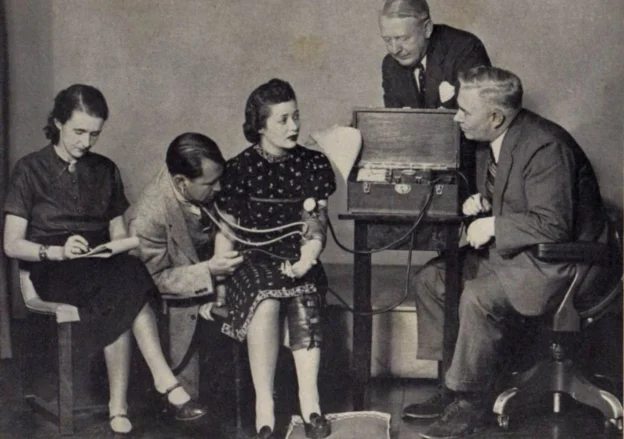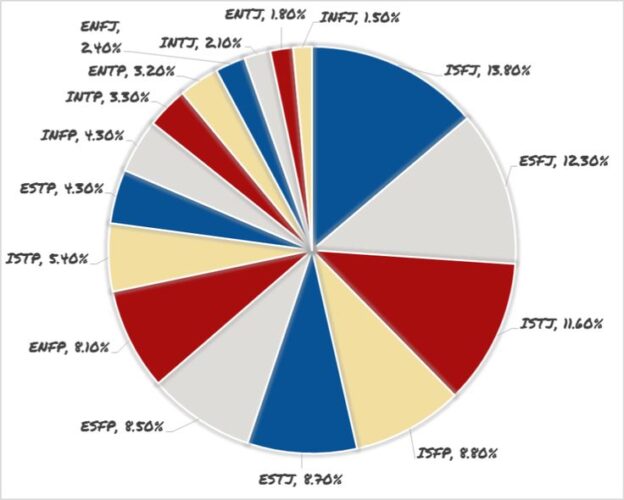Transitioning from startup to scale-up requires leaders to shift from hands-on roles to more strategic positions. This discussion examines the approach recommended in the article “How to move from a startup founder to a scale-up founder” by Colin Hewitt, and looks to analyse the article, the approach, make recommendations for improvement by simplifying the initial five-role model into a three-role framework – Executive, Manager, and Executor, aiming to ease this transition. By offering visual representation, real-world examples, personalized assessments, and mentorship, we aim to provide a clear, value-added pathway for leaders evolving alongside their growing organizations.
Continue reading














